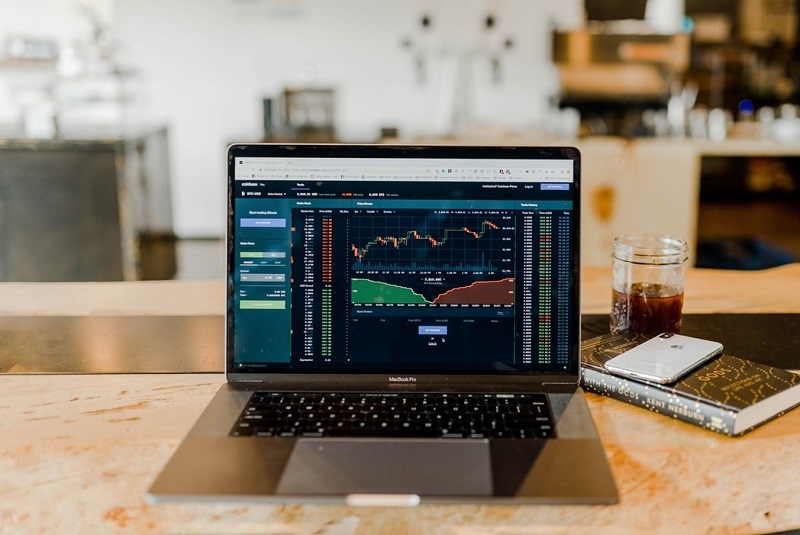
Some investors gloss over the "exchange-traded" in "exchange-traded fund," failing to understand or appreciate those two words and the implications of investing in a fund that trades like a stock. It is hard to fault them, as many of the largest ETFs trade at tight spreads in very narrow bands around their net asset values through most market conditions. But not all ETFs are created equal, nor all market environments for that matter. The mechanisms that underpin the ETF ecosystem have experienced hiccups of varying magnitude, ranging from the "flash crash" in 2010 and an early morning meltdown witnessed on Aug. 24, 2015, to more sporadic episodes of lesser scope and impact. These events have served as painful reminders of why investors should exercise caution when buying and selling ETF shares.
It is always a good time to brush up on what constitutes good hygiene when transacting ETFs. Here, I provide five tips on how to best trade them.
1) Use limit orders
If I had to provide just one tip, this would be it. Use limit orders when trading ETFs. Investors tend to use market orders in instances where time is of the essence and price is of secondary importance. Investors using market orders want to execute their entire order as soon as possible. For very large, very liquid ETFs that trade contemporaneously with their underlying securities, like SPDR S&P 500 ETF (SPY), market orders will likely result in fast execution at a good price. But most of the exchange-traded products on the market are smaller and less liquid than SPY and its ilk and may also trade out of sync with their constituent securities.
In all cases, using limit orders is good practice. Limit orders will ensure favorable execution from a price perspective. A buy limit order will fetch the buyer a price less than or equal to the limit price, while a sell limit order will transact at a price greater than or equal to the limit price. What is the potential cost of using limit orders? Time and incomplete execution. That is, it may take longer for a limit order to be filled than a market order, and when that time comes it might not be completely filled. These costs need to be weighed against the cost of being exploited by an opportunistic market maker looking to pick off market orders in thinly traded ETFs.
2) Trade when the underlying market is open
If you are trading an ETF that invests in securities that trade in markets outside of our time zone, it's best to trade the associated ETF when its constituents are actively changing hands in their home market. For example, it would be best to trade Vanguard FTSE Europe ETF (VGK) during the morning while European markets are still open. During these overlapping trading hours, it is easier for market makers to keep VGK's price in line with its NAV, as the stocks in its portfolio are still being bought and sold in real time across Europe. Once European markets close, market makers rely on the fluctuations of the U.S. market as a guide in setting prices, an inherently less-reliable touchstone. Of course, some markets that are tracked by U.S.-listed ETFs have zero overlap with U.S. trading hours, like Japan. Investors trading ETFs like iShares MSCI Japan ETF (EWJ) should see tip number one above.
3) Don't trade near the open--or the close, for that matter
It's best to avoid trading ETFs just after the opening bell: ETFs may take a while to "wake up" in the morning. For a variety of reasons, it takes some time for all of the securities (assuming they trade during normal U.S. market hours) in their portfolios to begin trading. Before all of an ETF's constituents are trading, market makers may demand wider spreads as compensation for price uncertainty.
It's also a good idea to avoid trading ETFs as the closing bell approaches. As the market winds down toward day's end, many market makers step back from the markets to limit their risk headed into the close. At this point, spreads tend to widen as there are fewer actors actively quoting prices.
In light of these considerations, it makes sense to wait about 30 minutes after the opening bell to trade an ETF and to avoid trading during the half hour leading into the market's close.
4) If you're making a big trade, phone a friend
For investors looking to execute a large trade in an ETF, it makes sense to engage the help of a professional. There is no hard-and-fast definition as to what qualifies as a large trade. General rules of thumb would place any trade that accounts for 20% of an ETF's average daily volume or more than 1% of its assets under management as fitting this description. In these cases, investors can potentially save themselves substantial execution costs by spending some time on the phone with a representative of an ETF provider's capital markets team and/or a market maker.
5) If you don't want to trade, buy a mutual fund
ETFs aren't for everyone. With investment minimums for many index mutual funds and ETF trading commissions having been zeroed out in recent years, the choice between an ETF and an index fund that track identical benchmarks can now be boiled down to matters of personal preference and circumstance. If you place no value on intraday liquidity, and you would prefer to forgo navigating the ins and outs of ETF trading, then an index mutual fund tracking the same benchmark is likely a better choice for you.






















